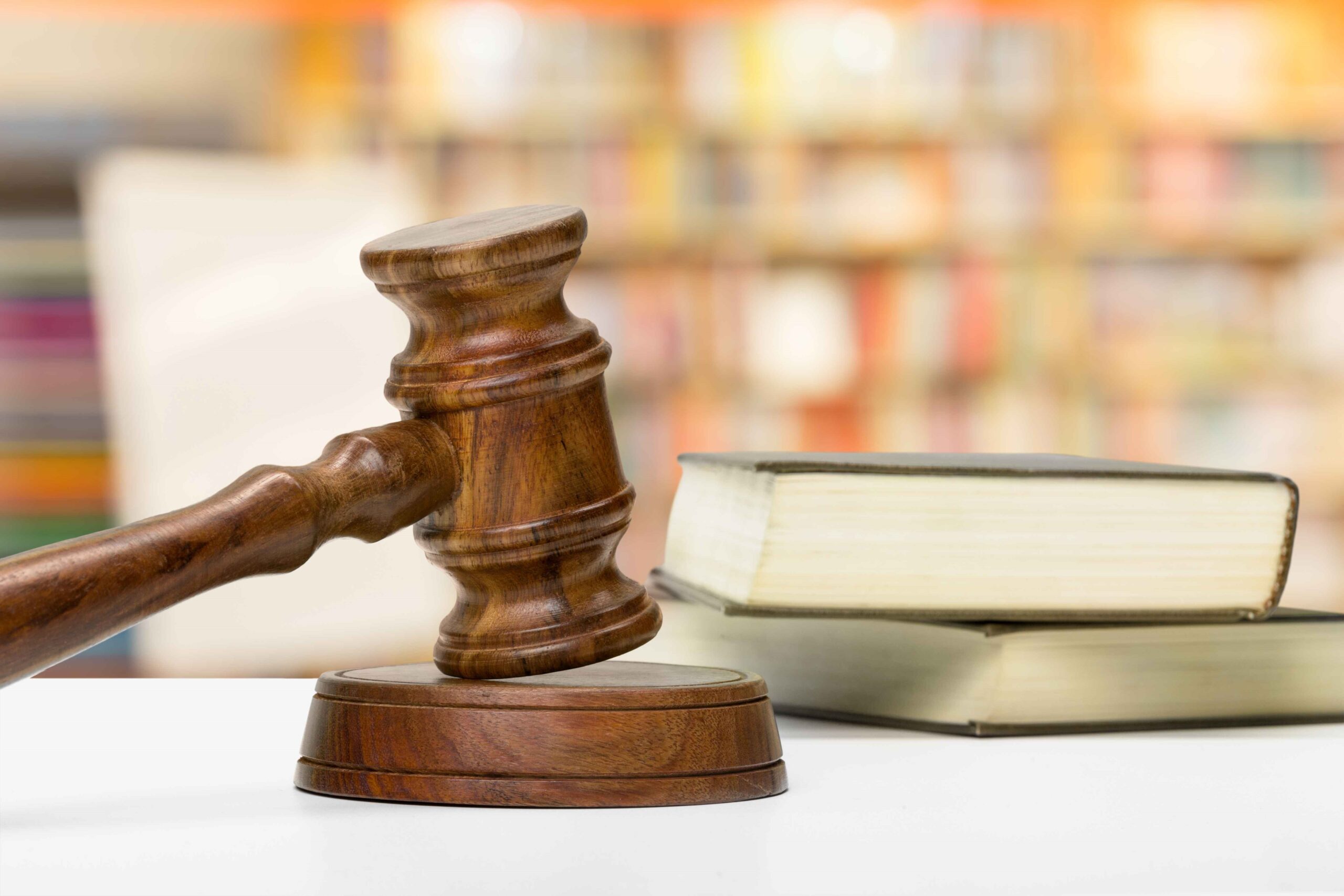In today’s fast-paced legal world, advances in technology have revolutionized the way lawyers present arguments and the way courts consume information. One such innovation that is gaining traction is the Electronic Brief or eBrief. Court-approved and attorney-approved, eBriefs offer a dynamic and efficient alternative to traditional paper calculations. Let’s take a look at the technical features, benefits and future directions of this transformation tool.
Specification:
Electronic reports are digital documents that contain hyperlinks that allow seamless navigation between sections, exhibits, case law, and other relevant material. These hyperlinked guidelines improve readability and accessibility, facilitating a more streamlined review process for judges and legal teams.
Mandated by the courts:
Many courts are increasingly requiring the use of electronic filing systems, including eBriefs, to improve case management and reduce the use of paper. Compliance with these mandates ensures that attorneys stay informed of developments and comply with court requirements.
Future Course:
As technology advances, the future of eBriefs looks promising. Integrating features such as multimedia elements, interactive exhibits, and real-time updates can further enhance the effectiveness of e-briefings and make them invaluable tools in litigation.
Convenience for Attorneys and Courts:
EBriefs offer unprecedented convenience to lawyers and courts alike. Lawyers can easily link citations, navigate complex legal arguments and add multimedia elements, saving time and resources. Courts will benefit from less paperwork, better search capabilities and better access to case materials.

Cost Saving:
The use of eBriefs can lead to substantial cost savings for both law firms and courts. Eliminating the printing, binding and shipping costs associated with traditional paper pants reduces overall costs and promotes sustainability.
Features:
Key features of eBriefs include hyperlinks, bookmarking, keyword search functionality, and compatibility with various devices and platforms. These features enhance usability and facilitate efficient information retrieval during legal proceedings.
Process:
Creating an eBrief involves converting traditional paper briefs into digital formats using specialized software or services. Attorneys must ensure proper formatting, hyperlinking, and compliance with court rules and guidelines to create effective eBriefs. While the initial setup may require some investment of time and resources, the long-term benefits of eBriefs far outweigh the upfront costs.
Current Trend and Future Direction:
The current trend in the legal industry is moving toward greater digitalization and automation, and eBriefs are at the forefront of this transformation. As technology continues to advance, the future of eBriefs looks promising, with potential enhancements such as multimedia elements, interactive exhibits, and real-time updates. Artificial intelligence, natural language processing, and data analytics are also expected to play a significant role in shaping the future of eBriefs, further streamlining the creation, analysis, and presentation of legal arguments.
In conclusion, Electronic Briefs represent a significant advancement in legal technology, offering numerous benefits to attorneys, courts, and other stakeholders. Mandated by courts and embraced by legal professionals, eBriefs are poised to become an integral part of modern legal practice. As the legal landscape continues to evolve, staying informed and adaptable to emerging trends will be essential for attorneys seeking to leverage the full potential of eBriefs in their practice. By embracing the future of digital innovation, legal professionals can enhance their efficiency, effectiveness, and competitiveness in an increasingly digital world.
